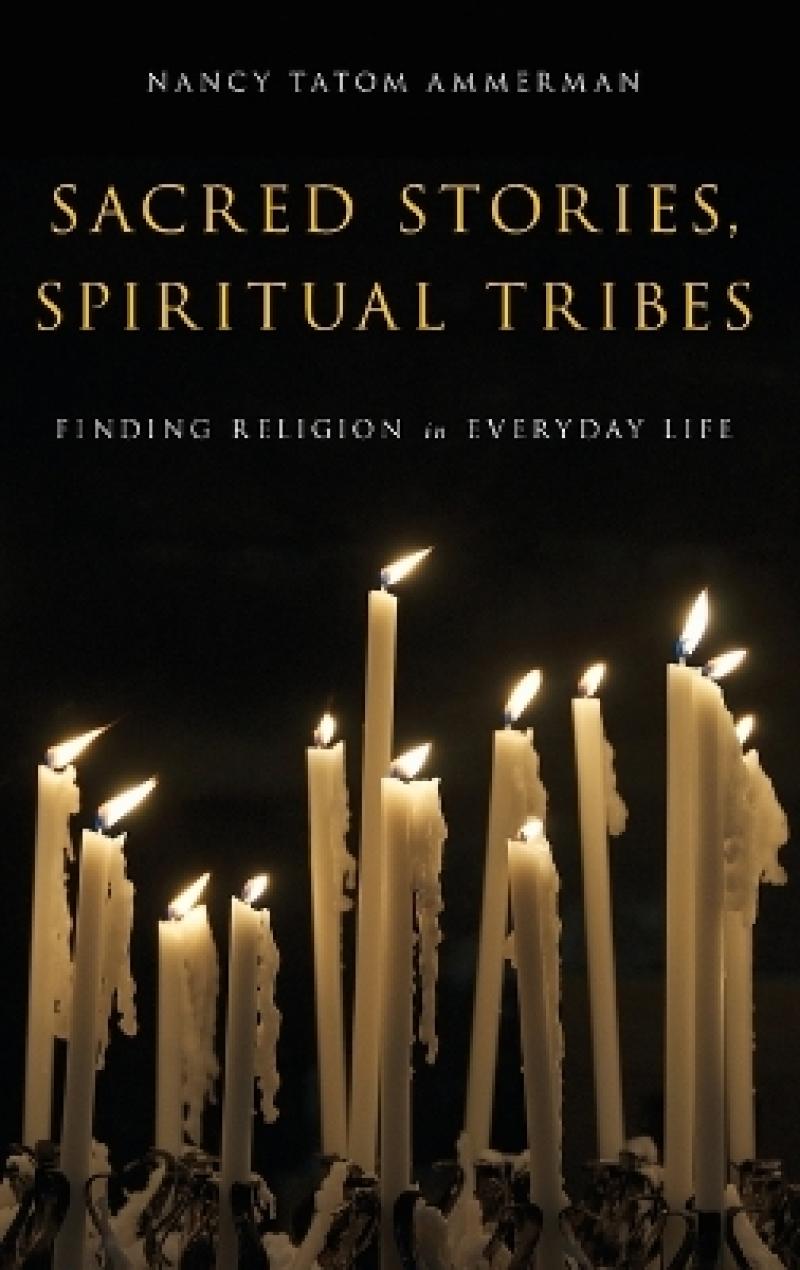Nancy Ammerman's recent work has helped to lead a growing group of scholars who, disenchanted with the perceived dead ends of the secularization versus rational choice debate of the 1990s, recommend new ways of thinking about and studying religion. Sacred Stories, Spiritual Tribes, which uses a lived religion approach, is a welcome addition to these efforts. Ammerman's innovative account of religiosity in the United States uses qualitative methods, especially elicited narratives, in an original way that combines depth with considerable breadth.
Mary Ellen Konieczny, Sociology of Religion
Provides a helpful glimpse into how 'non experts' in America talk about and practice religion in their everyday lives...Besides making a wonderful addition to the syllabus of different graduate courses such as practical theology, spirituality, and the sociology of religion, Sacred Stories could be helpful for church book group discussions on everyday religion.
Ecclesial Practices
Sacred Stories brings to light the myriad ways our contemporaries find religious meaning in their twenty-first century lives. It succeeds in launching readers into new conversations about what spirituality is, how we go about identifying activities and experiences as in some way spiritual, and how existing traditions connect with specific moments of everyday religion.
Church History
This comprehensive, thought-provoking work adds immeasurably to scholarship in sociology of religion and will help set agendas in sociology of religion for years to come.
Journal for the Scientific Study of Religion
By setting aside the typical categories academic researchers use when studying contemporary religion, Ammerman and her team document the complex ways religion shows up in a wide range of domains: in communities and conversations, in homes, at work and in public life, and not surprisingly around matters of health, illness and death.
Religion Dispatches
Nancy Ammerman's Sacred Stories, Spiritual Tribes offers the most in-depth, yet wide-ranging mapping of religious/spiritual/secular sensibilities in the everyday lives of contemporary Americans yet to emerge. She weaves a tapestry that shatters many of our taken-for-granted assumptions about people's circumscribed life-worlds. The book deserves a serious reading on the part of anyone who would try to describe this emerging, but exceedingly complex mix of the sacred and the secular.
Wade Clark Roof, J.F. Rowny Professor of Religion and Society, University of California at Santa Barbara
